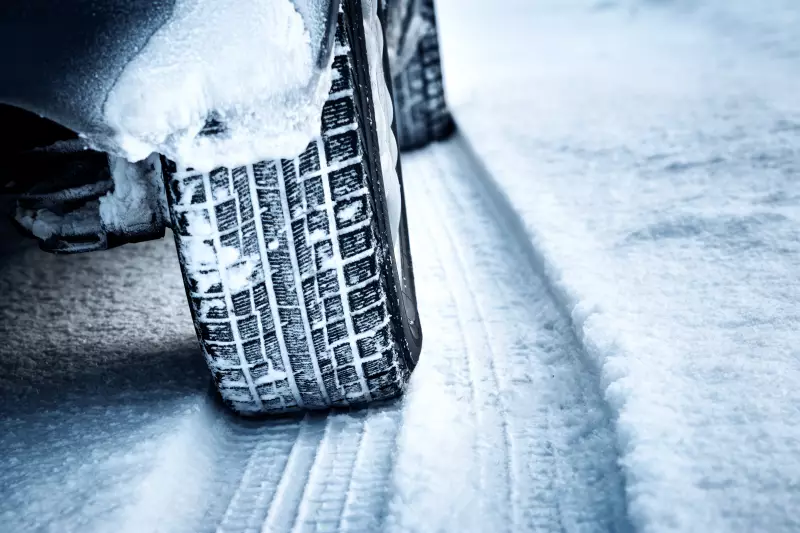
Canadian motorists preparing for winter driving are facing a chilly reality at the checkout counter this season. The cost of new winter tires is projected to increase significantly, creating additional financial pressure for households already grappling with rising living expenses.
The Perfect Storm Driving Prices Upward
Industry experts point to a combination of factors creating this price surge. Persistent inflation continues to affect manufacturing and distribution costs, while federal tariffs on tires imported from certain countries add another layer of expense that ultimately gets passed to consumers.
"We're seeing increases across the board," explains a retail industry analyst. "From raw materials to transportation, every step of the supply chain has become more expensive over the past year."
What Drivers Can Expect to Pay
The price jump isn't insignificant. Consumers should anticipate paying approximately 5-10% more for winter tires compared to last season. For a typical set of four tires, this could translate to an extra $50-$100 or more, depending on the vehicle and tire quality.
Popular winter tire categories experiencing the steepest increases include:
- Studded winter tires for extreme conditions
- Performance winter tires for sports vehicles
- All-weather tires gaining popularity
Smart Shopping Strategies for Cost-Conscious Consumers
Despite the challenging pricing environment, there are ways Canadians can mitigate the financial impact:
- Shop early: Avoid last-minute purchases when inventory dwindles and prices potentially increase further
- Consider different brands: Explore alternatives to premium brands that might offer better value
- Look for package deals: Some retailers offer installation and storage bundles
- Check for rebates: Manufacturers occasionally provide direct-to-consumer incentives
- Consider lightly used options: Reputable dealers sometimes offer certified pre-owned winter tires
The Safety Imperative Remains
While the cost increase presents a financial challenge, safety experts emphasize that winter tires remain a crucial investment for Canadian drivers. The improved traction and stopping distance in cold temperatures can be the difference between a safe journey and a dangerous situation.
"Proper winter tires aren't a luxury in most parts of Canada—they're a necessity," states a transportation safety specialist. "The added cost needs to be weighed against the safety benefits and potential insurance advantages."
As autumn approaches, Canadian drivers are encouraged to budget accordingly and make their winter tire purchases strategically to navigate both icy roads and higher prices this season.





